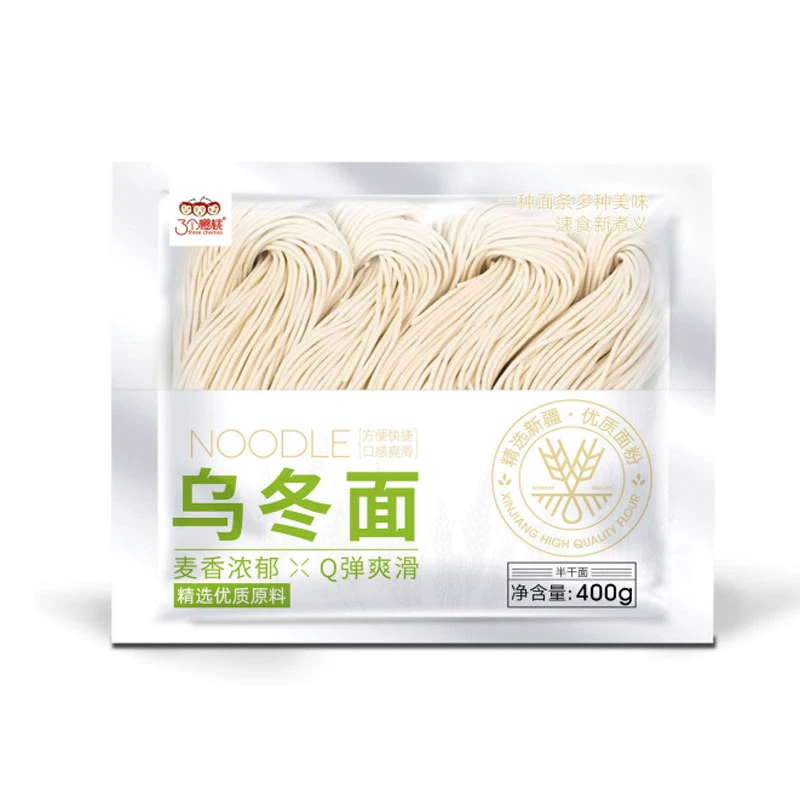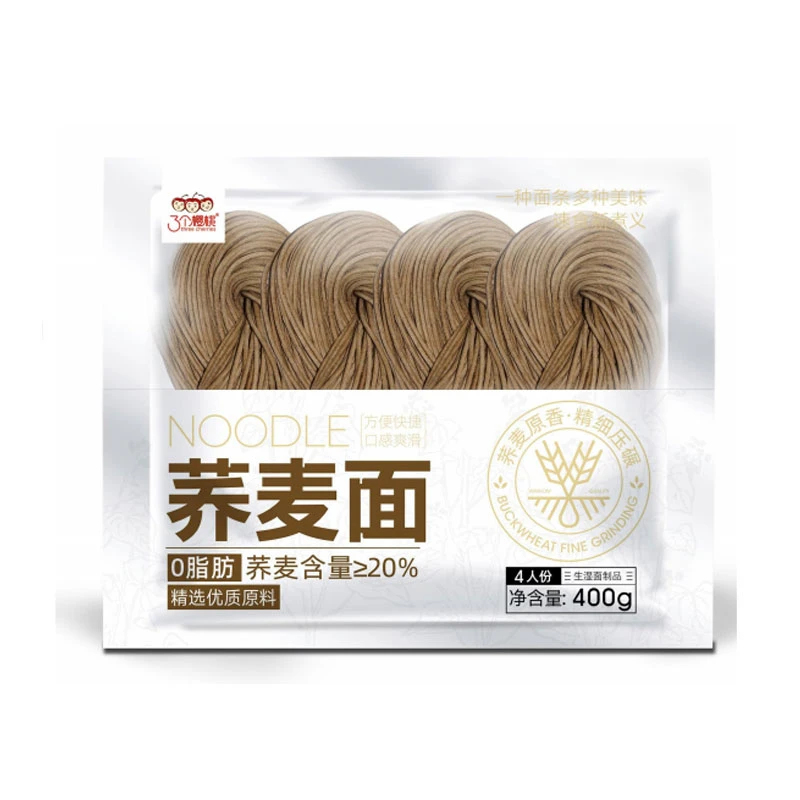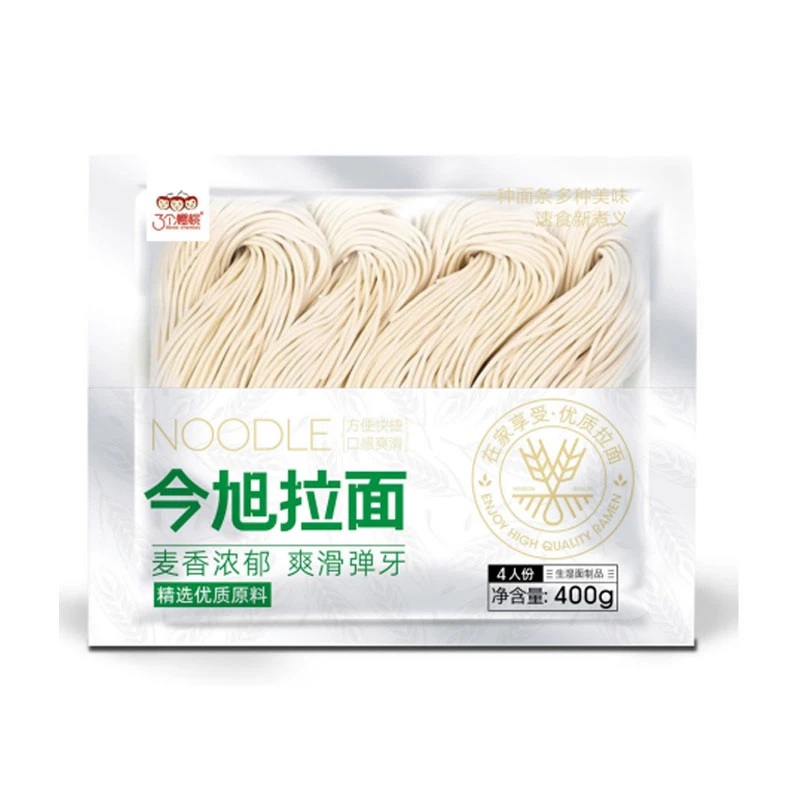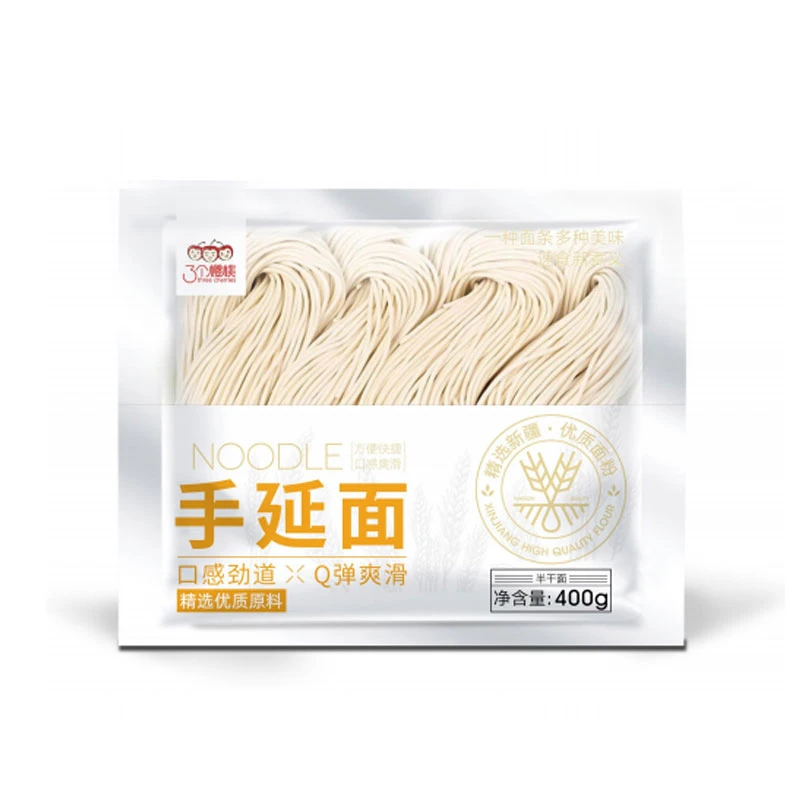Italian Noodles: Versatile Staples of Global Cuisine
Italian Noodles have established themselves as a cornerstone of international culinary culture, celebrated for their diversity and adaptability across countless recipes. From the simplest home-cooked meals to elaborate restaurant dishes, these noodles serve as a flexible foundation that complements a wide range of ingredients and flavor profiles. Made primarily from durum wheat flour, water, and often eggs, Italian Noodles derive their distinct textures and shapes from regional traditions and artisanal production methods. Their ability to absorb sauces, pair with cheeses, meats, and vegetables, and adapt to various cooking styles makes them a beloved choice in kitchens worldwide, transcending cultural boundaries with their universal appeal.
Italian Pasta encompasses the vast family of Italian Noodles, each shape meticulously designed to enhance specific culinary experiences
Unlike generic noodles, Italian Pasta comes in over 300 recognized forms, from ribbon-like fettuccine to hollow penne and stuffed ravioli, each engineered to hold sauces differently. The production process, whether traditional hand-rolling or modern extrusion, focuses on creating textures that range from smooth to ridged, ensuring optimal sauce adherence. Italian Pasta’s versatility shines in its ability to transition from light, olive oil-based preparations to rich, creamy sauces, making it suitable for every meal occasion, from casual lunches to formal dinners.
Italian Spaghetti stands out as one of the most iconic members of the Italian Noodles family, cherished for its long, slender strands and universal popularity
Originating in southern Italy, this classic pasta shape derives its name from "spago," the Italian word for "string," perfectly describing its elegant form. Italian Spaghetti’s smooth texture allows tomato-based sauces to coat each strand evenly, while its length makes it ideal for twirling with a fork, creating a satisfying eating experience. Whether tossed with basil and Parmesan in a simple aglio e olio or combined with seafood in a vibrant marinara, Italian Spaghetti remains a staple in both Italian households and global cuisine.
Fresh Spaghetti represents a premium iteration of Italian Noodles, valued for its delicate texture and artisanal craftsmanship
Unlike dried varieties, Fresh Spaghetti is typically made with soft wheat flour and fresh eggs, rolled thin and cut into strands without prolonged drying, resulting in a tender yet springy bite. This type of Italian Noodles requires minimal cooking time, often just 2-3 minutes, making it a convenient choice for quick yet luxurious meals. Fresh Spaghetti’s porous texture absorbs flavors more intensely than dried pasta, making it perfect for pairing with subtle sauces like browned butter and sage or truffle-infused creams that highlight its delicate nature.
Western Noodles, as a broader category, find their most prominent representative in Italian Noodles, which have come to define pasta-based dishes in Western culinary traditions
What sets Italian Noodles apart within the Western Noodles spectrum is their emphasis on shape-specific functionality and ingredient quality. Unlike some Asian noodles made from rice or buckwheat, Italian varieties often rely on durum wheat for durability and eggs for richness, creating a distinct mouthfeel that pairs exceptionally well with dairy-based sauces, olive oils, and Mediterranean herbs. This unique characteristics have solidified Italian Noodles as the cornerstone of Western Noodles enjoyed across continents.
In summary, Italian Noodles, encompassing Italian Pasta in all its forms, Italian Spaghetti as a global favorite, Fresh Spaghetti as a premium option, and their defining role among Western Noodles, represent a culinary legacy built on versatility and quality. These noodles excel in adapting to diverse flavor profiles, cooking methods, and cultural preferences while maintaining their distinct identities. Whether enjoyed in a simple weeknight dish or an elaborate gourmet creation, Italian Noodles continue to captivate food lovers worldwide with their ability to balance tradition and innovation. Their enduring popularity is a testament to their timeless appeal and remarkable ability to enhance any meal with their unique textures and flavors.
Fresh Spaghetti FAQs
1. What are the key advantages of using fresh spaghetti in a professional kitchen setting?
Fresh spaghetti offers exceptional versatility and quality that meets the demands of high-volume food service environments. Its firm yet tender texture holds up well under various cooking methods, from boiling to stir-frying, without becoming mushy or losing structural integrity. The pasta's superior sauce absorption characteristics allow it to carry flavors effectively, whether working with light olive oil-based preparations or robust meat sauces. Kitchen staff appreciates its consistent cooking performance and reduced breakage during preparation, which helps maintain presentation standards and minimizes waste in operational settings.
2. How does fresh spaghetti perform across different international cuisines?
This pasta demonstrates remarkable adaptability to global flavor profiles, making it an ideal foundation for cross-cultural menu development. It seamlessly integrates into Italian-inspired dishes with classic marinara or carbonara sauces while equally complementing Asian-style preparations such as sesame noodle bowls or spicy Sichuan peanut sauces. The strand structure supports both Western twirling techniques and Eastern slurping traditions, providing authentic eating experiences across cultural contexts. Its neutral wheat flavor serves as an excellent canvas for incorporating seasonings, spices, and aromatic ingredients characteristic of various culinary traditions.
3. What customization options are available for fresh spaghetti in food service applications?
Food establishments can specify numerous parameters to tailor this pasta to their operational needs and signature dishes. Length variations range from traditional long strands to shortened versions better suited for buffet service or mixing applications. Thickness can be calibrated from delicate angel hair-style strands to substantial thick-cut noodles for heartier preparations. Packaging configurations include bulk cases for large-scale production, individually portioned packs for consistency control, or specialized vacuum-sealed packages extending shelf life without preservatives. Some producers even offer flavor-infused versions with incorporated herbs, vegetable powders, or whole grain formulations addressing nutritional preferences.
4. How does the texture profile of fresh spaghetti enhance dining experiences?
The carefully developed texture of quality fresh spaghetti creates a satisfying mouthfeel that distinguishes it from dried alternatives. Its surface possesses just enough roughness to capture and cling to sauces while maintaining a pleasantly chewy resilience through the cooking process. This optimal al dente quality persists longer in holding situations, making it particularly valuable for service environments where timing varies. The balance between firmness and tenderness allows it to stand up to mixing and tossing procedures without compromising structural integrity, ensuring beautiful plate presentation from kitchen to table.
5. What operational efficiencies does fresh spaghetti offer in high-volume feeding situations?
This product streamlines kitchen processes through predictable cooking times and minimal supervision requirements. Its consistent composition ensures uniform water absorption rates, reducing the risk of under or overcooking during batch preparation. The pasta's natural elasticity withstands extended holding in steam tables better than many dried varieties, maintaining quality throughout service periods. Portion control becomes more manageable due to standardized strand length and cooking yield predictability. These operational advantages combine to reduce labor attention, minimize food waste, and deliver reliable quality across service periods, making it particularly valuable for institutional feeding, catering operations, and high-turnover restaurant environments.
-
Fast Cook Noodles: Convenient Staples for Modern LifestylesАхборAug.23,2025
-
Italian Noodles: A Timeless Culinary HeritageАхборAug.23,2025
-
Instant Cold Noodles: A Refreshing Culinary ConvenienceАхборAug.23,2025
-
Buckwheat Noodles: The Art and Nutrition of Handmade SobaАхборAug.23,2025
-
Low Calorie Soba Noodles: A Nutritious Choice for Healthy EatingАхборAug.23,2025
-
The Wholesome Delight of Organic NoodlesАхборAug.15,2025
-
The Vibrant Delight of Spinach NoodlesАхборAug.15,2025
Аз рӯи маҳсулоти нави мо аз назар гузаронед

















































































































